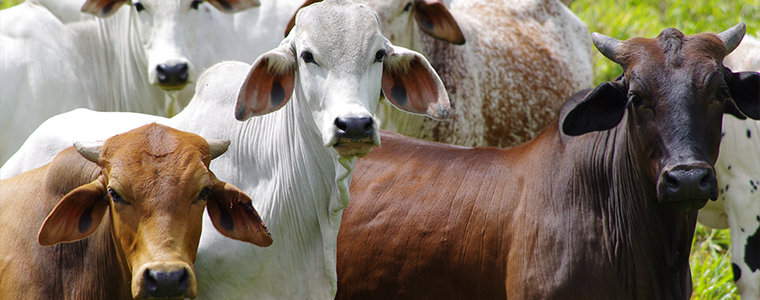How can businesses, large and small, make their supply chains more climate resilient and simultaneously more profitable? Almost any supply chain, but particularly those that are dependent on natural resources, will experience the impacts of a changing climate in all its parts.
A recent study by Acclimatise for the IDB’s PROADAPT program, shows that assessing climate change risks and their effects helps businesses better understand their supply chains and strengthen their resilience and, in that process, gives them a competitive advantage in the market.
Turning climate risks into opportunities
Climate change increases the occurrence of extreme weather events, which means increased risks to business assets and operations. It can also reduce the availability of certain inputs and increase their price.
Contrary to what is commonly assumed, reducing these risks can lead to new opportunities. Companies that adapt their strategies to become more resilient increase their competitiveness through more efficient production and cost reductions. On the other hand, the emergence of new products and solutions that improve climate resilience such as heat-resistant building material, drought-resistant seeds, water harvesting services, low-drip irrigation, or new insurance schemes generates new opportunities for local businesses.
Addressing climate change impacts on a supply chain
Being aware of climate change risks and their impacts on a company’s supply chain is the first step towards building climate resilience. The next step is to map the supply chain in detail, including geographic locations, to identify the most vulnerable parts of the chain and target the most appropriate adaptation measures. Finally, adaptation and resilience enhancing measures can be identified and prioritized, such as:
- Locally appropriate solutions that offer a business case to both the anchor company and farmers to build climate resilience. Activities may include agro-forestry and regenerative agriculture targeting soil health, water capture and storage in anticipation of reduced rainfall, feed modification to include climate-resilient crops, and animal welfare for heartier, more productive animals.
- Combining financing with technical assistance for farmers to increase awareness, build capacity and support social, economic and environmental sustainability.
- Using tools such as the Cool Farm Tool, which are free and open source, and enable calculating greenhouse gas, water and biodiversity on farms and then analyzing how on-farm changes could bring about variations in these indicators.
- Integrating climate risk into credit assessment.
The implementation of climate adaptation measures can also have positive social and economic impacts on local economies through more sustainable businesses, technology transfers and new markets niches, which enable the development of new local technologies, products, and services at a lower price. Often resilience improving measures also mean reducing carbon emissions, like in the case of biodigestors and clean energy, thus presenting a double benefit.
IDB and Danone partner to tackle climate change
For Danone and the Danone Ecosystem Fund, sustainable agriculture is a strategic way to be prepared, increase awareness and fight against climate change. These activities are important for Danone as the company looks to reduce 50% of its full scope emissions by 2030 and be carbon neutral by 2050.
Building on the history of a successful relationship, IDB and Danone currently have a multi-year strategic partnership to advance their respective goals in climate change adaptation, social innovation and environmental sustainability. To achieve this vision, IDB and Danone will draw on lessons learned from existing projects while also creating new tools and models to enable greater impact for better resilience and sustainability.
One such project is Danone Brazil’s Gota Verde, an initiative to ensure that all milk suppliers in their value chain comply with the Brazil Forest Code, eliminating deforestation, reducing the carbon footprint and enhancing the sustainability of Danone’s milk production.
Danone has clearly recognized that there are numerous benefits, including economic ones, to including climate considerations in their processes. As they continue to work to achieve greater resiliency throughout their value chains, the IDB is happy to support them in their path towards more sustainable and profitable production practices.
*This blog was co-authored in collaboration with Shoshana Grossman-Crist (Danone Ecosystem Fund) and Ligia Camargo (Danone Brazil).
Photo: Copyright © Davi Ozolin – Flickr – (CC BY-NC-SA 2.0)


Leave a Reply